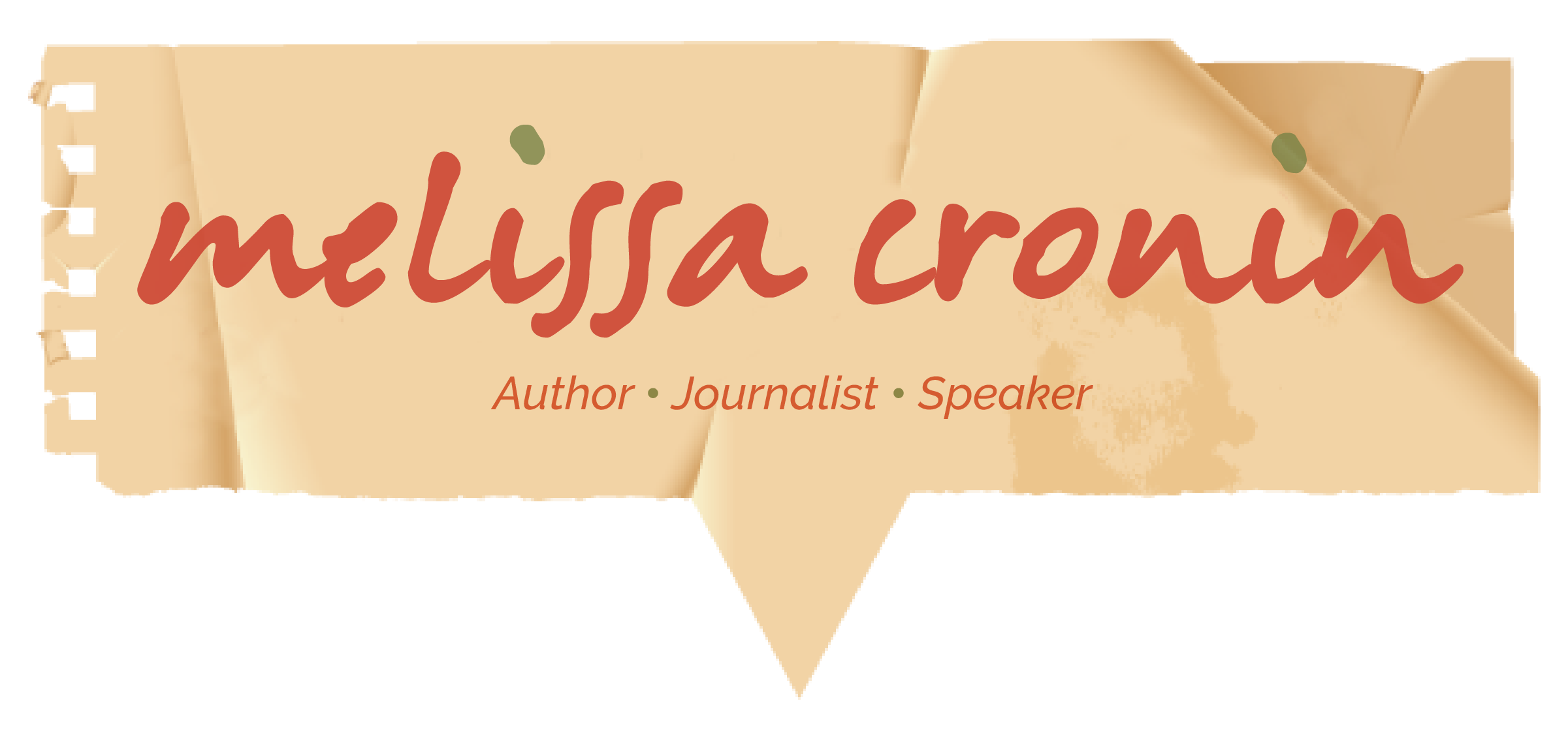I Have Nothing to Write About
When people learn that I am a writer, they say, “I could never write, I have nothing to write about.” But that’s not true. Stories and narratives are everywhere, even in the narrowest cracks and folds of one’s life. If you can listen, you can write.
When I worked as a wellness nurse, I visited with more than a dozen residents, eighty or older, at independent living facilities. After checking their vital signs, I asked them if there had been any changes in their medications and health I should know about. Mostly, I listened to them share stories about their grandchildren and great grandchildren. Of course, I also listened to their woes. On my pad, I scribbled phrases such as “I wish God would take me already” or “Oh my achin’ legs. I got no legs anymore.” Those captured words were as essential to my work as the blood pressure cuff and stethoscope I used to check the residents’ vital signs, because behind those woes were hidden gems. For example, I remember the day eighty-seven-year-old *Sharon said, “The leaves are quiet.” Sadness oozed its way into my limbs, turning them limp, for what I heard Sharon saying was, “I long for my younger years.” I heard that longing when the lilt in her voice fell on the word “quiet.”
Virginia Woolf said, “Behind the cotton wool is a hidden pattern; that we—I mean that all human beings—are connected with this; that the whole world is a work of art.” In other words, the stories the residents shared made up the hidden pattern behind Woolf’s “cotton wool.” Their stories were an integral part of my writing, thus my own work of art. Their words were an art in and of themselves; they were metaphors for, say, loneliness, hope, fear, all the stuff that comes with aging, and dying.
Let’s take a look at ninety-six-year-old *Martha. During one of my visits with her, she told me she had written her own obituary.“I want to make sure I have as much set before I go so my family isn’t burdened with too much. Would you like to read it?” She pushed it across the table toward me. I couldn’t say no.
I don’t recall the details of what she wrote, other than her list of achievements: a college graduate, a teacher and volunteer, and an active member of her church. Martha told me she knew her time would end soon, that she was ready and had no complaints about the life she had lived. Understandably, talk of death isn’t easy; most people avoid it as if it were a highly contagious virus. But I made a point to listen to her because she needed listening to. What I heard behind the “cotton wool” of Martha’s words was a woman who not only pined to share her acceptance of death, but her anxieties, fears, and curiosities about death itself.
If we allow ourselves to hear the real story behind the “cotton wool,” surely we can weave a tapestry together.
I’ll end this post with a writing exercise for you (not mandatory, but highly recommended). While in a café or restaurant, or in any public venue, listen closely to the conversations taking place nearby. Note what is being said. Think about it for a while and see what kind of tapestry you come up with.
Good luck!
*To protect privacy, all names are false.


Recent Comments